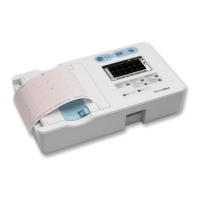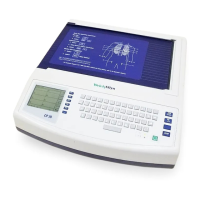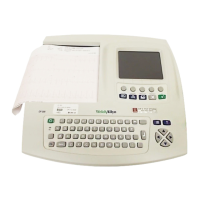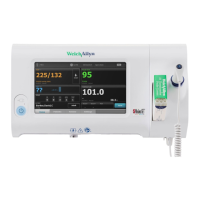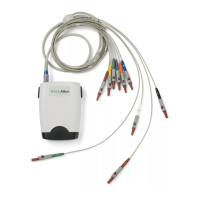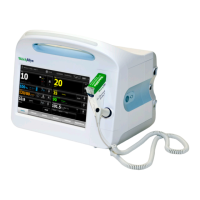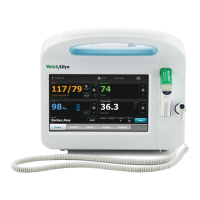• The electrocardiograph provides the ability to print test records on an internal printer.
• The electrocardiograph provides the ability to send test records and analysis directly
to an electronic medical records (EMR) system.
• The electrocardiograph allows storage of test records in device memory, external
storage media, and external software applications.
• The electrocardiograph allows users to enter patient demographic data into the
electrocardiograph memory to be recalled for a test later that day.
About the test types
Auto ECG
A report typically showing a 10-second acquisition of 12 leads of ECG information combined with
patient data, measurements, and optional interpretation. Auto ECGs can be saved to the
electrocardiograph’s test directory or to a USB mass-storage device. In CP 50 Plus models, auto ECGs
can also be sent to a Welch Allyn CardioPerfect workstation.
Auto ECG report example
Stat ECG
An auto ECG that starts instantly without waiting for you to enter patient data or adjust the
waveforms.
WARNING To avoid the risk of associating reports with the wrong patients, make
sure that each test identifies the patient. Do not save a test to the patient record
without patient identification associated with the report.
Rhythm ECG
A continuous, real-time printout of rhythm strips with a user-defined lead configuration. Rhythm ECGs
are printouts only. They cannot be saved.
Rhythm ECG report example
2 Introduction CP 50™ and CP 50 Plus™ 12-lead resting electrocardiograph

